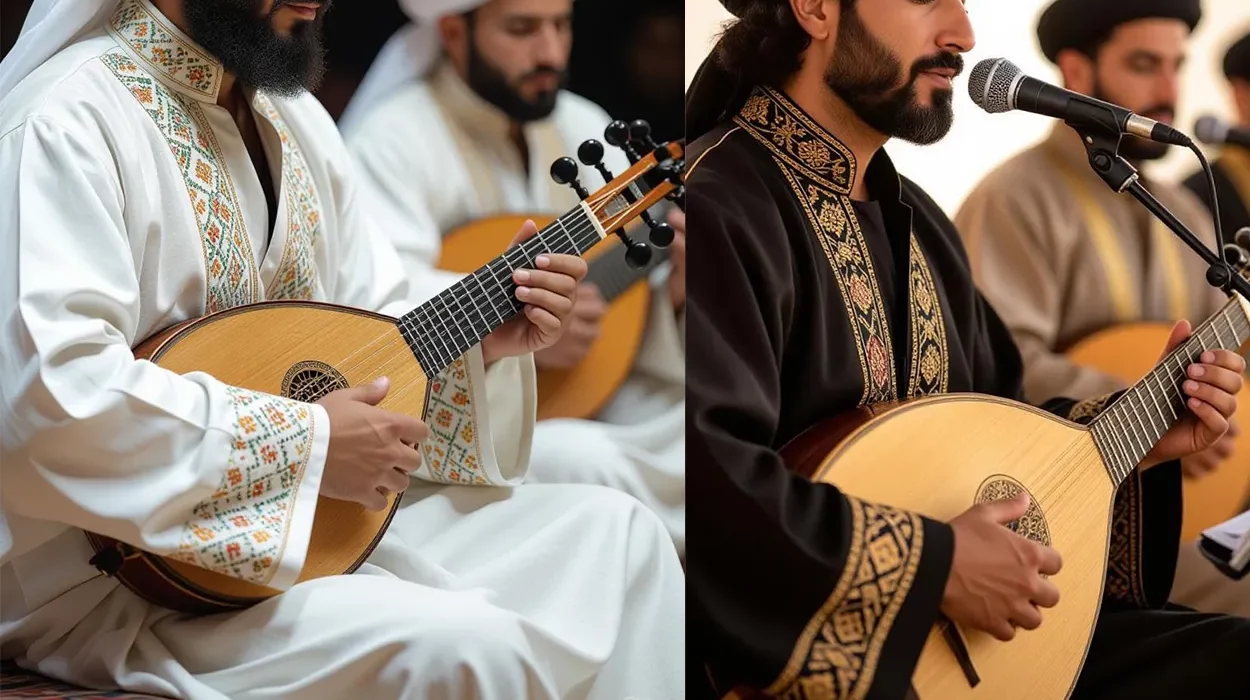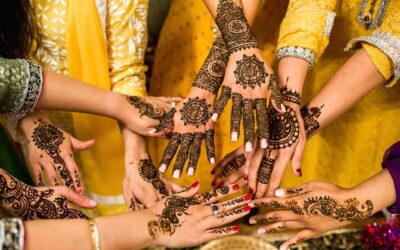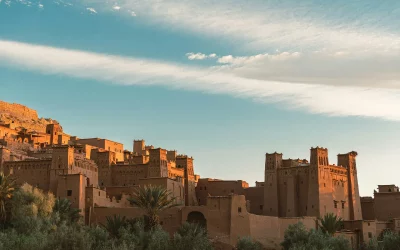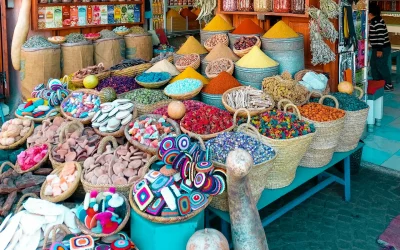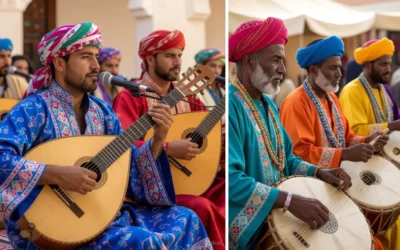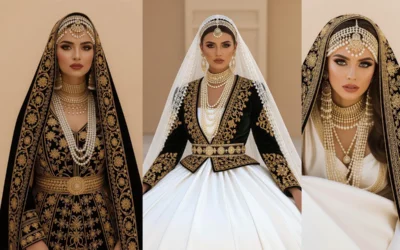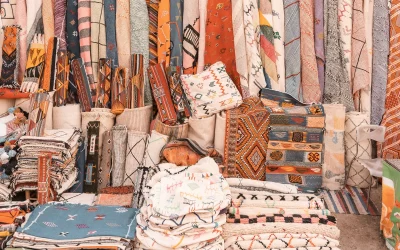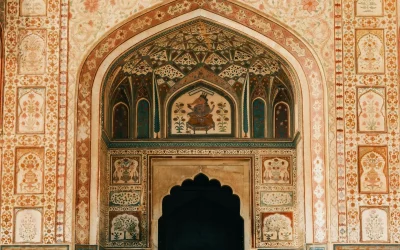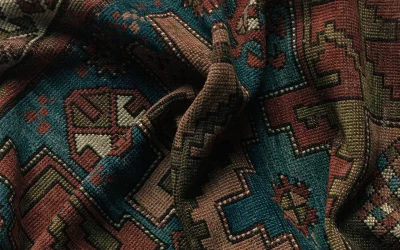On 16 December 2023, Malhoun was inscribed on UNESCO’s Representative List of the Intangible Cultural Heritage of Humanity. This international recognition testifies to the historical and cultural importance of this poetic and musical art form, which continues to enchant Moroccans and captivate audiences around the world. For more than eight centuries, Malhoun has remained a pillar of Moroccan culture, combining vibrant poetry, captivating music and collective values.
<h2>A tradition rooted in history and spirituality</h2>
Malhoun originated in the 13th century in the Tafilalet region of south-eastern Morocco. Born in the zaouias, Koranic schools dedicated to spiritual teaching, this art form quickly spread to the great imperial cities such as Fez, Marrakesh and Salé. It thus became deeply rooted in religious life and craft guilds, becoming an essential vehicle for cultural transmission.
Over the centuries, Malhoun evolved, incorporating various influences: Arab-Andalusian, Amazigh and sub-Saharan, while preserving its mystical and popular roots. Far from being limited to a simple musical genre, it is distinguished by its poetic dimension and its ability to address universal themes such as love, beauty, nature, religious invocations, as well as social and political concerns. Through its verses and melodies, and sometimes even through theatre, Malhoun instructs, comforts and invites reflection, while giving voice to the questions facing Moroccan society.
<h2>Collective practice and total immersion</h2>
One of the most fascinating aspects of Malhoun is its deeply collective dimension. The music, played on traditional instruments such as the lute, violin, rebab and drums, creates a unique atmosphere where art is not just a performance, but becomes an immersive experience. The singers, dressed in traditional costumes such as the djellaba and red fez, transport the audience to another era, intensifying the atmosphere with careful staging.
Malhoun is often performed in intimate settings, where the audience becomes an integral part of the show. By sitting in a semicircle around the artists, spectators actively engage in the experience. The ritual of listening, accompanied by mint tea and pastries, invites an almost mystical immersion. The aromas of incense and the intensity of the singing reinforce the sacred atmosphere and contribute to the audience’s total engagement, making each performance unique.
<h2>Masters and poems that have stood the test of time</h2>
The history of Malhoun is marked by great poetic and musical figures who have left their mark on the genre. Artists such as Thami El Madghari, Houcine Toulali and Mohamed Ben Ali Ould Errezii have renewed the art, breathing new life into ancient poems that continue to move listeners today. Among the most emblematic works, the qasida <em>Ya Naker L’hsane</em> remains a masterpiece that still resonates in the hearts of Moroccans, particularly through its call for love and mercy.
Malhoun has also played a crucial role in Morocco’s political history. Under the Franco-Spanish protectorate, it became a tool of cultural resistance, conveying messages of patriotism and commitment through its poems. This committed dimension allowed Malhoun to transcend the boundaries of art to become an instrument of social transformation and a vehicle for national unity.
<h2>A living heritage, a secure future</h2>
Today, Malhoun continues to flourish on the Moroccan music scene. It is taught in music schools and conservatories across the country, and festivals such as the International Malhoun Festival in Meknes contribute to its longevity by passing it on to new generations. The Ministry of Culture and local associations are implementing various initiatives to preserve this art form and ensure its transmission.
The inscription of Malhoun on the Intangible Cultural Heritage of Humanity list is a global recognition, but also an opportunity to strengthen its international influence. This living heritage is not a fixed legacy; it continues to reinvent itself, carried by generations of musicians and poets who constantly enrich it.
Malhoun: between past and present
Malhoun is much more than a traditional art form: it is a true link between Morocco’s past and present. A living heritage that spans the ages and continues to embody the deep soul of the country. This poetic and musical art symbolises the social unity, creativity and spirit of resistance that have shaped Morocco’s history.
As part of humanity’s intangible heritage, it deserves global recognition and lasting protection. Malhoun remains a vibrant testament to Moroccan culture, offering both Moroccans and the entire world an invaluable cultural treasure.

